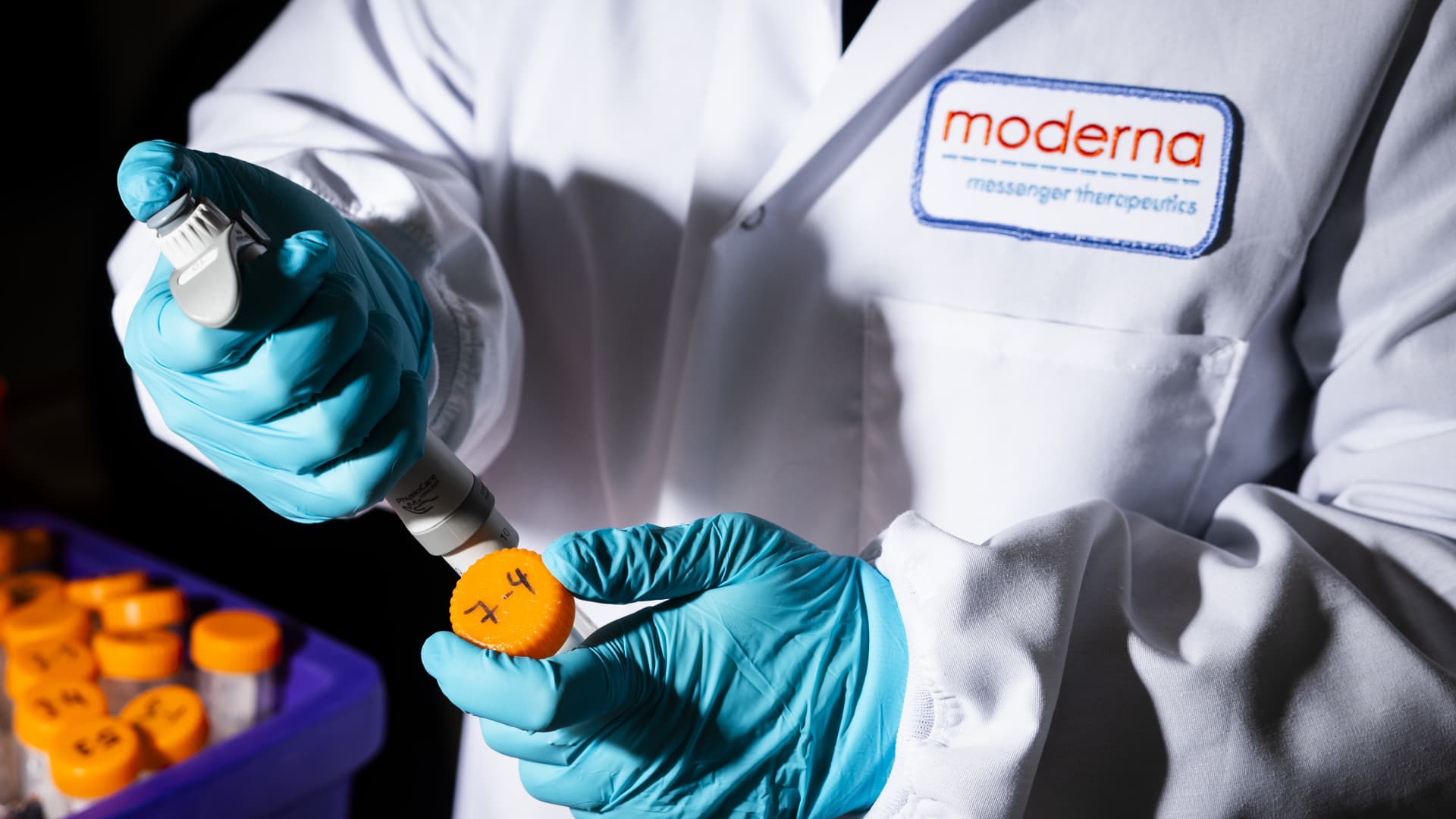Last Thanksgiving, Cynthia Mosson was on her feet all day in her kitchen in Frankfort, Indiana, preparing dinner for nine. She had almost finished (the ham in the oven, the dressing done) when she suddenly felt the need to sit down.
“My left shoulder started hurting,” Mosson, 61, said. “It became very intense and started going down my left arm.” He began to sweat and turn pale and told his family, “I think I'm having a heart attack.”
An ambulance rushed her to a hospital where doctors confirmed that she had suffered a mild heart attack. They said tests revealed severe blockages in all of her coronary arteries and told her, “You're going to need open heart surgery,” Ms. Mosson recalled.
When these patients enter an operating room, what happens next has a lot to do with their sex, a recent study reported in JAMA Surgery. The study reinforced years of research showing that male and female patients can have very different outcomes after an operation called coronary artery bypass grafting.
CABG (pronounced like vegetable) restores blood flow by taking arteries from patients' arms or chest and veins from their legs, and using them to bypass blocked blood vessels.
“It is the most common cardiac operation in the United States,” and is performed 200,000 to 300,000 times a year, said Dr. Mario Gaudino, a cardiothoracic surgeon at Weill Cornell Medicine and lead author of the study.
Between twenty-five and 30 percent of CABG patients are women. How are you doing? The mortality rate from CABG, although low, is much higher for women (2.8 percent) than for men (1.7 percent), Dr. Gaudino and his colleagues found.
Analyzing the results of about 1.3 million patients (average age: 66 years) between 2011 and 2020, researchers also determined that after CABG, about 20 percent of men had complications including stroke, heart failure, kidney, repeated surgeries, sternum infections and prolonged ventilator. use and hospital stay. Among women, more than 28 percent did so.
Of those complications, “many are relatively minor and resolve on their own,” Dr. Gaudino said. But recovering from sternum wound infections can take months, he noted, and “if he has a stroke, that can affect him for a long time.” Although outcomes improved for both sexes over the decade, the gender gap remained.
The study “should be considered a bolt from the blue for all physicians who care for women,” an accompanying editorial said. To cardiac researchers, however, the results looked familiar.
“This is something we've known since the 1980s,” said Dr. C. Noel Bairey Merz, a cardiologist and researcher at Cedars-Sinai Medical Center. Heart disease, he noted, remains the leading cause of death among American women.
With CABG, “the general assumption was that it was getting better because the technology, knowledge, skills and training were getting better,” he said. Seeing the gender disparity persist “is very disappointing.”
Several factors help explain these differences. Women are three to five years older than men when they undergo bypass surgery, in part because “we recognize coronary artery disease more easily and earlier in men,” Dr. Gaudino said. “Men have the classic presentation that we studied in medical school. “Women have different symptoms.” These may include fatigue, shortness of breath, and pain in the back or stomach.
Less than 20 percent of patients enrolled in clinical trials have been women, so “what we have been taught is essentially based on research in men,” he added.
Partly because they are older (about 40 percent are over 70), women are more likely than men to develop health problems such as diabetes, high blood pressure and vascular conditions, “all factors that increase the risk in cardiac surgery,” said Dr. Gaudino. . They also have smaller, more fragile blood vessels, which can make surgery more complex.
Disparities also affect other forms of cardiac treatment and surgery. Women have worse outcomes than men five years after receiving a stent, a 2020 review of randomized trials reported.
They are “less likely to be prescribed and take statins, and particularly less likely to take high-intensity statins, which are the most life-saving,” said Dr. Bairey Merz. “The list goes on and on.”
When CABG works well, the results can seem miraculous. Rhonda Skaggs, 68, had a quadruple bypass in July 2022 and spent 12 days in intensive care before returning to her home in Brooksville, Florida. Six months passed before she returned to work at a Home Shopping Network outlet store.
“Now, you would never know I had open heart surgery,” he said. “I walk 10,000 steps a day. I teach line dance classes twice a week. “I have gotten my life back.”
But Susan Leary, 71, a retired New York City professor who now lives in Fuquay-Varina, North Carolina, faces a second procedure after bypass surgery at Duke University last month.
“Women are less likely to miss all the vessels that need to be bypassed,” said their cardiothoracic surgeon, Dr. Brittany Zwischenberger, co-author of the call to arms editorial in JAMA Surgery.
A few years earlier, Ms. Leary had sought a procedure to reduce “ugly-looking” varicose veins in her legs; She now lacked viable blood vessels for grafting. “How did I know she was going to need some of those veins for my heart?” she said.
They performed a double bypass, instead of the triple bypass he needed, which represents “incomplete revascularization.”
“It may contribute to worse outcomes and future interventions,” Dr. Zwischenberger said. “Fortunately, she is a candidate for a stent” for the blocked third artery, which involves inserting a mesh tube into the vessel to widen it. The procedure is scheduled for next month.
Advocates for better care for women argue that their surgical risks can be reduced.
Dr. Lamia Harik, a cardiothoracic surgery researcher at Weill Cornell Medicine, and her colleagues have found that nearly 40 percent of women's mortality during CABG is due to intraoperative anemia. (His study of her is in press.)
This occurs when operating teams administer fluids to thin patients' blood during the procedure, allowing them to use the large cardiopulmonary bypass machine (“the pump”) that keeps blood oxygenated and flowing while surgeons perform the graft.
“This is something modifiable,” Dr. Harik said. For women, surgeons may use smaller pumps or reduce the volume of fluid added, or both.
To learn more, Dr. Gaudino and other researchers have begun enrolling women, and only women, in two new clinical trials. The international ROMA study, the first all-female surgical trial, will investigate two CABG techniques to see which produces better results; Federally Funded Recharge Trial Will Compare Stenting to CABG
“In the past, many surgeons thought this was inevitable,” Dr. Gaudino said of the differences between the sexes. “They may not go away, but they can be minimized.”
Mosson said her surgeons were pleased with the results of her quadruple bypass, although she was briefly readmitted to the hospital for fluid in her lungs. She has begun a three-times-a-week cardiac rehabilitation program, recommended for patients who have undergone bypass surgery, and finds that her endurance is improving.
He still deals with the psychological after-effects of his heart attack and surgery, as Skaggs did and Leary still does. They describe shock (none had a history of heart disease), depression and anxiety. “I'm still struggling with the fear of it happening again,” Mosson said.
An antidote, for Ms. Leary, was recruiting for the ROMA; Duke is among the clinical trial sites. She jumped at the chance to sign up.
“Let me be a part of this,” he said. “Maybe my daughter will need this information someday.”












